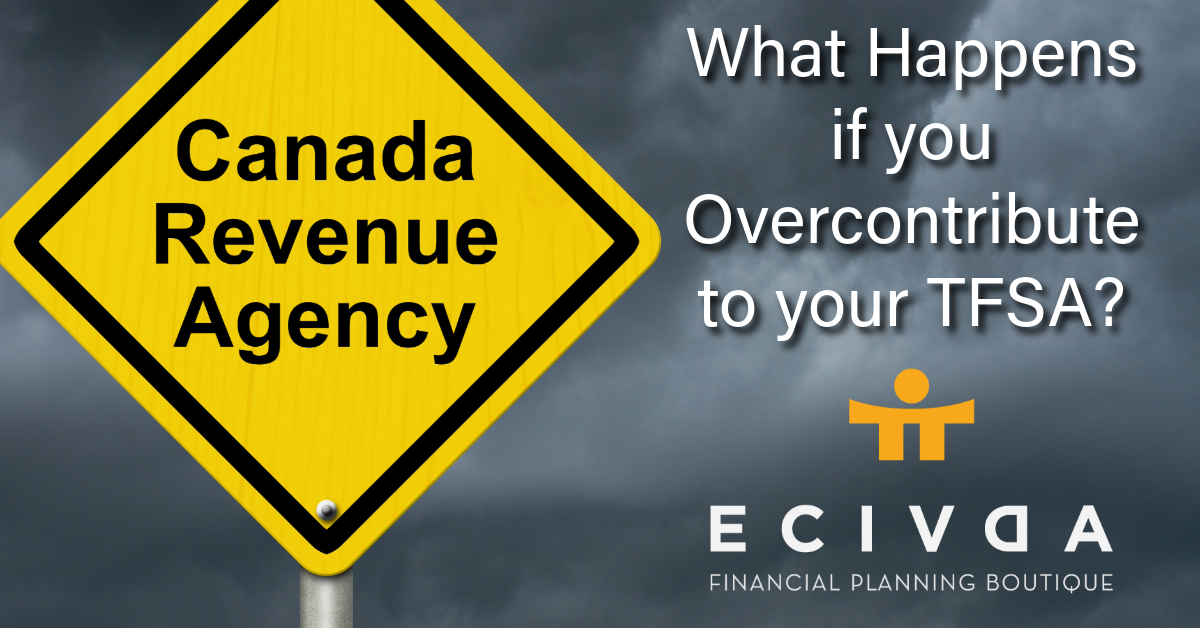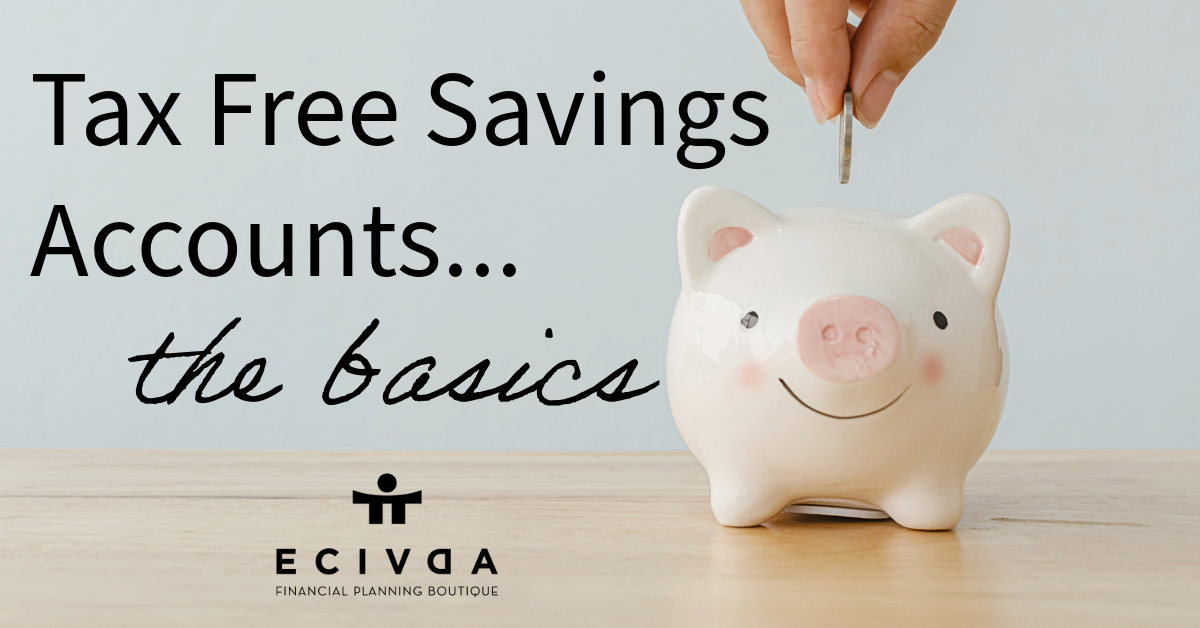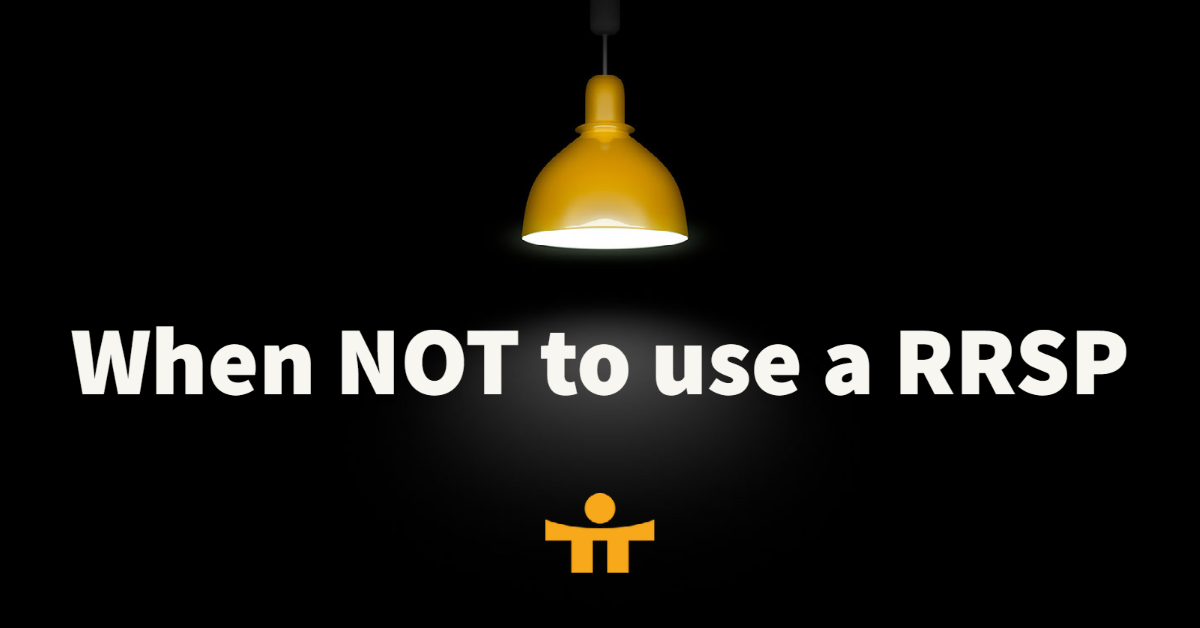What Happens If You Overcontribute to Your TFSA?
Executive Summary
The amount deposited into a Tax Free Savings Account (TFSA) is subject to a yearly contribution limit. For 2024, the annual limit has been set at $7,000. The lifetime maximum contribution has grown to $95,000.
If an over-contribution is made Canada Revenue Agency will levy penalties.
What You Need to Know
CRA will inform you when an over contribution on the account has been made and request an immediate withdrawal. Once you have made the correcting withdrawal, you must submit Form RC243 (https://www.canada.ca/content/dam/cra-arc/formspubs/pbg/rc243/rc243-19e.pdf) and its Schedule A (https://www.canada.ca/content/dam/cra-arc/formspubs/pbg/rc243-sch-a/rc243-sch-a-17e.pdf) to calculate the penalty.
As a rule, CRA charges 1% per month on the excess contribution. The 1% penalty will be charged against the highest amount of excess during a month until the excess amount is withdrawn. The CRA does not pro-rate this penalty. If an over-contribution exists at any time during a calendar month, the CRA treats it as an entire month. If you correct your mistake on the first or second day of the month, you will be penalized the same 1% as you would if you corrected your error on the 31st.
To make the necessary withdrawal of funds, you will need to contact your financial institution and request the withdrawal be made.
Two common scenarios lead to most over-contribution errors:
- TFSA Management
- If you have multiple TFSA’s, especially when spread across several financial institutions, it can be difficult to correctly track all of your contributions. This becomes more difficult as time passes and the balances in each TFSA reflect its current market value, not the sum of its contributions.
- Withdrawal Management
- TFSA withdrawals are tax-free and, unlike RRSPs, your contribution room never goes away. However, the contribution room is not returned to you until the following calendar year begins. If you have contributed your maximum lifetime amount to your TFSA you must wait until the following January before contributing to your TFSA or incur the wrath and penalties of the CRA.
The Bottom Line
TFSAs are relatively simple but require some fundamental monitoring. Proper planning with this tax-saving advice can also avoid penalties.




 By: Louai Bibi, Advisor Associate
By: Louai Bibi, Advisor Associate